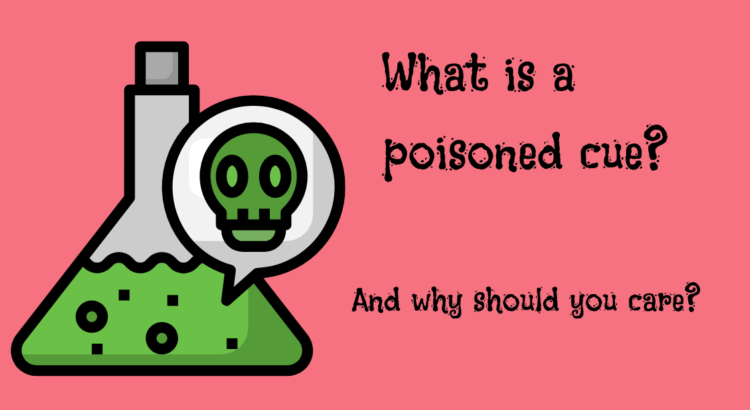by Joan Orr M.Sc., TAGteach Cofounder
What is a Cue Anyway?
Before we talk about poisoned cues, we need to understand about healthy cues. A cue is a signal to a person or animal that lets them know it’s go time. It tells them that the behavior they perform after perceiving the cue will result in a win for them. For example the starting gun at the olympics tells the runners it’s time to explode off the starting blocks for the chance to run and win. A green light tells a driver it’s time to press on the accelerator and continue on their journey. If your dog comes running when they hear the rustle of the potato chip bag, they’ve learned that this sound is a cue to come to you in the hope that you’ll share. Cues become learned through repeated association with the positive consequence that follows the cue + behavior sequence.
In the world of TAGteach and positive reinforcement based training, the cues that we teach our learners are always intended to be these healthy types of cues. That is, a good thing always happens when the learner responds to the cue with the desired behavior. The cue is great news to the learner and they joyfully execute the behavior that is associated with the cue.
The cue is perceived as an opportunity to earn positive reinforcement.
A sure sign of a healthy cue is that the person or animal responds to the cue right away, with accuracy and enthusiasm.
Read More